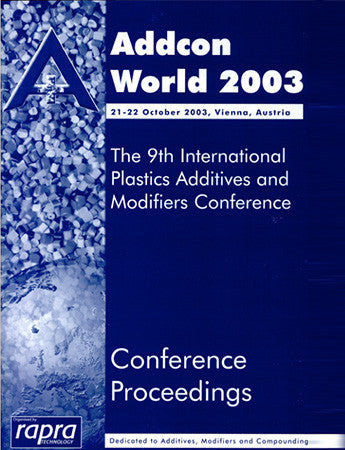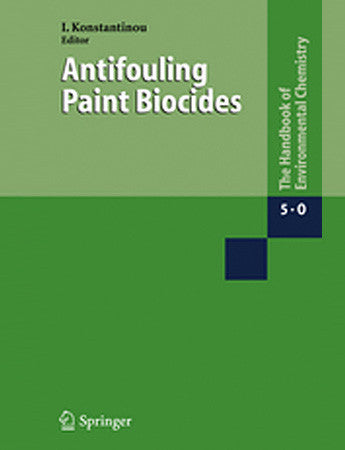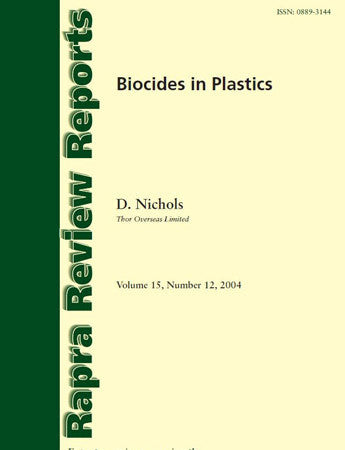Developments in Colorants for Plastics
There are two types of colorants in use: dyes and pigments. Pigments are insoluble and must be adequately dispersed in the plastic to achieve a uniform color. This can be a problem in very thin moldings where particle agglomerates are highly visible. Dyes are soluble in plastics and give a more transparent finish.
Health, safety, and environmental issues have brought about changes in the marketplace as manufacturers strive to meet national and international regulations. Factors to consider in colorant selection include the presence of heavy metal compounds, migration of colorants into food or packaged goods (contamination issues), toxicity in the fire, etc.
There are many functional considerations when selecting colorants. For example, many plastics are processed at very high temperatures and shear, and products are exposed to heat and light. The colorants must tolerate these conditions to function adequately. The basic pigments and dyes used to achieve different color effects at different performance levels are described in this review. The economics of different colorant types are outlined.
There have been developments across the color spectrum and in the field of special effects. Manufacturers are looking at ways to eliminate cadmium and lead pigments and to improve existing products, for example by coating pigment particles to improve compatibility with plastics and aid dispersion. They are also experimenting with new chemicals as colorants and there is scope for an increased range of products particularly in the yellow region.
Special effect colorants are being used to generate effects such as fluorescence, phosphorescence, pearlescence and holographics. These are relatively expensive products, are often difficult to process and many are used for specialist niche applications. These issues are discussed and referenced in this new review.
Overall, this is a very well written, clear review of the subject of colorants for plastics. It is based on practical information for plastics processors with regard to colorant selection and the range of products and effects available. References are included throughout the review for further reading and key manufacturers of colorants are listed where relevant.
The review is accompanied by around 400 abstracts from the Rapra Polymer Library database, to facilitate further reading on this subject.
Key features
Common colorants
Developments in colorants
Special effects
Practical information
Health, safety, and environmental issues have brought about changes in the marketplace as manufacturers strive to meet national and international regulations. Factors to consider in colorant selection include the presence of heavy metal compounds, migration of colorants into food or packaged goods (contamination issues), toxicity in the fire, etc.
There are many functional considerations when selecting colorants. For example, many plastics are processed at very high temperatures and shear, and products are exposed to heat and light. The colorants must tolerate these conditions to function adequately. The basic pigments and dyes used to achieve different color effects at different performance levels are described in this review. The economics of different colorant types are outlined.
There have been developments across the color spectrum and in the field of special effects. Manufacturers are looking at ways to eliminate cadmium and lead pigments and to improve existing products, for example by coating pigment particles to improve compatibility with plastics and aid dispersion. They are also experimenting with new chemicals as colorants and there is scope for an increased range of products particularly in the yellow region.
Special effect colorants are being used to generate effects such as fluorescence, phosphorescence, pearlescence and holographics. These are relatively expensive products, are often difficult to process and many are used for specialist niche applications. These issues are discussed and referenced in this new review.
Overall, this is a very well written, clear review of the subject of colorants for plastics. It is based on practical information for plastics processors with regard to colorant selection and the range of products and effects available. References are included throughout the review for further reading and key manufacturers of colorants are listed where relevant.
The review is accompanied by around 400 abstracts from the Rapra Polymer Library database, to facilitate further reading on this subject.
Key features
Common colorants
Developments in colorants
Special effects
Practical information
1. Introduction
1.1 Definitions
1.2 Pigments versus Dyes
1.3 Organic versus Inorganic
1.4 Environmental and Occupational Health and Safety (OHS) Issues
1.5 Decision Factors in Selecting Colorants
1.6 Hotter, Faster, Thinner
1.7 Delivery Systems
1.8 Easy Dispersing Pigments
1.9 Non-Dusting, Free Flowing
2. The Colorants
2.1 Yellow Color
2.1.1 Low Performance Applications
2.1.2 Medium Performance Applications
2.1.3 High Performance Applications
2.2 Orange Color
2.2.1 Low Performance Applications
2.2.2 Medium Performance Applications
2.2.3 High Performance Applications
2.3 Brown Color
2.4 Red Color
2.4.1 Low Performance Applications
2.4.2 Medium Performance Applications
2.4.3 High Performance Applications
2.5 Maroon and Violet Color
2.5.1 Low Performance Applications
2.5.2 Medium Performance Applications
2.5.3 High Performance Applications
2.6 Blue Color
2.7 Green Color
3. Special Effects
3.1 Metallic
3.2 Pearlescent
3.3 Holographic
3.4 Fluorescent
3.5 Phosphorescent
3.6 Thermochromic and Photochromic
4. Summary and Conclusions
Acknowledgments
Additional References
1.1 Definitions
1.2 Pigments versus Dyes
1.3 Organic versus Inorganic
1.4 Environmental and Occupational Health and Safety (OHS) Issues
1.5 Decision Factors in Selecting Colorants
1.6 Hotter, Faster, Thinner
1.7 Delivery Systems
1.8 Easy Dispersing Pigments
1.9 Non-Dusting, Free Flowing
2. The Colorants
2.1 Yellow Color
2.1.1 Low Performance Applications
2.1.2 Medium Performance Applications
2.1.3 High Performance Applications
2.2 Orange Color
2.2.1 Low Performance Applications
2.2.2 Medium Performance Applications
2.2.3 High Performance Applications
2.3 Brown Color
2.4 Red Color
2.4.1 Low Performance Applications
2.4.2 Medium Performance Applications
2.4.3 High Performance Applications
2.5 Maroon and Violet Color
2.5.1 Low Performance Applications
2.5.2 Medium Performance Applications
2.5.3 High Performance Applications
2.6 Blue Color
2.7 Green Color
3. Special Effects
3.1 Metallic
3.2 Pearlescent
3.3 Holographic
3.4 Fluorescent
3.5 Phosphorescent
3.6 Thermochromic and Photochromic
4. Summary and Conclusions
Acknowledgments
Additional References
Ian Christensen spent ten years working in colorant development, pigment marketing, and masterbatching with Ciba Specialty Chemicals in both technical and managerial roles. He recently changed continents and industries and is now involved in licensing intellectual property and some freelance technical writing. He has chemistry and MBA degrees.




